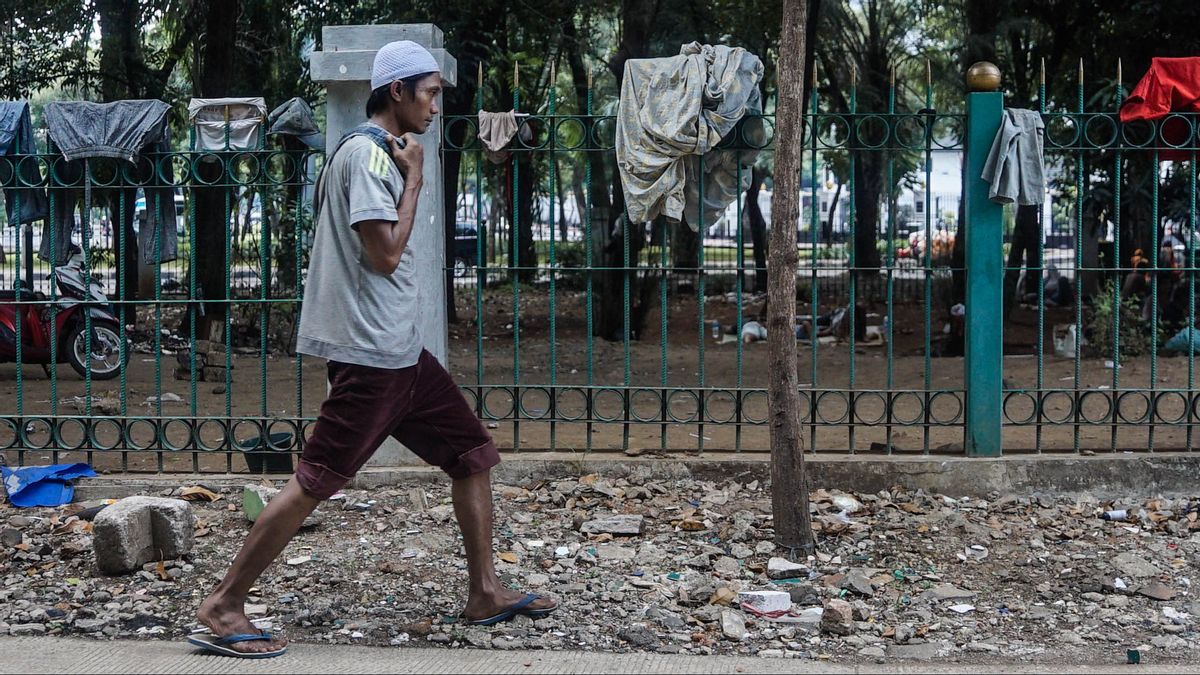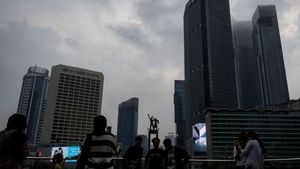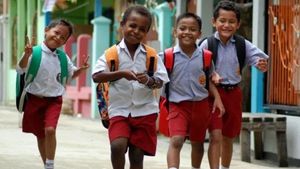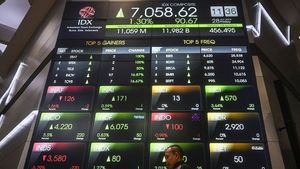JAKARTA - Members of the Central Food Security Council Working Group Khudori said that based on projections and scenarios from various institutions, the number of poor people at the end of the year could reach 44.5 million people, equivalent to 16.6 percent of Indonesia's population.
Khudori explained that the projection of the number of poor people is based on Indonesia's economic growth rate which is projected to contract by 3.5 percent at the end of the year, based on the scenario published by the Bulletin of Indonesia Economic Studies in July 2020.
"The most pessimistic scenario, one of which is the projection of our economic growth at the end of the year to be minus 3.5 percent, our poverty will increase to a total of 44.5 million or the equivalent of 16.6 percent," said Khudori who is also a food security observer quoted from Antara. , Friday 9 October.
Khudori stated that in another scenario, if Indonesia's economic growth is predicted to grow by 2.1 percent, the number of poor people will reach 30.7 million or 11.4 percent.
When the pandemic had just started, the number of poor people had grown from 24.8 million in September 2019 to 26.4 million in March 2020 when the government announced the first cases of COVID-19 in Indonesia.
This number is sure to continue to grow, along with the imposition of Large-Scale Social Restrictions (PSBB) in a number of areas.
In fact, under normal conditions, poor families spend 74 percent of their income on food needs, especially rice. When commodity prices rise, it is likely that the population will fall even poorer and starve.
Therefore, the government designed a social safety net program by providing assistance so that the number of poor people does not increase in size, and prevents vulnerable people from becoming poor.
A number of social assistance for the impact of COVID-19 has been channeled by the Government, including the Jabodetabek Staple Food Program for 19 million Beneficiary Families (KPM) and Non-Jabodetabek KPM Cash Assistance for 9 million KPM.
Then, housing incentives for 175,000 units, Pre-Work Cards for 56 million people, free electricity payment relief from PLN for 24 million customers with 450 VA power, as well as a 50 percent discount for 7 million customers with 900 VA power; and other social safety net programs.
The total budget for the social safety net program disbursed by the Government reaches Rp110 trillion. However, Indonesia's fiscal capacity is very limited to deal with COVID-19.
On the other hand, the number of Indonesia's vulnerable population is high in Asia Pacific, with 68 percent of them categorized as vulnerable and poor to economic shocks.
"Indonesia does not have a large fiscal capacity to deal with COVID-19, so social assistance must be valid and can find the right target," said Khudori.
The English, Chinese, Japanese, Arabic, and French versions are automatically generated by the AI. So there may still be inaccuracies in translating, please always see Indonesian as our main language. (system supported by DigitalSiber.id)













